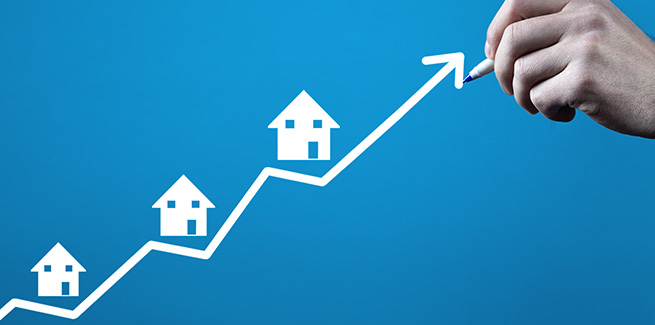The major bank has announced that effective Tuesday (8 June), it is increasing two- and three-year fixed interest rates for owner-occupier loans with principal and interest repayments across Westpac and its subsidiaries.
The big four bank has increased its two- and three-year fixed rate by 10 bps on the Premier Advantage package to 1.99 per cent per annum (3.48 per cent per annum comparison rate) and 2.08 per cent per annum (3.40 per cent per annum comparison rate), respectively.
Westpac subsidiaries St.George, Bank of Melbourne, and BankSA have increased their standard two- and three-year principal and interest fixed rates by 10 bps to 1.99 per cent per annum (3.44 per cent per annum comparison rate) and 2.08 per cent per annum (3.37 per cent per annum comparison rate) respectively, Westpac Group announced.
Westpac and its subsidiaries said that the fixed rates are applicable to new fixed rate and existing variable rate home loan customers seeking to fix all or part of their loan, adding that existing fixed rate home loan customers looking to fix all or part of the loan may incur break costs.
The Westpac rates include the Premier Advantage package discount, while the subsidiary rates include the Advantage package discount, Westpac Group said.
“If customers have not rate-locked their fixed rate or the rate lock has expired, then the rate applicable to their loan will be the carded rate (less any applicable margin and special discounts) on the date the loan settles,” the group said.
Commenting on the decision to increase fixed rate, Westpac Group said that the decision “has not been taken lightly”.
“The bank is currently operating in a historically low interest rate environment. In making this decision, we considered the different needs of our stakeholders,” the group said.
A Westpac spokeswoman told Mortgage Business that the group is continually reviewing its home loan products and services in line with changing business and market conditions.
“In making this decision, we took into account multiple factors, including the need to manage pricing changes in a sustainable way,” she said.
“We are in a record-low interest rate environment and continue to offer competitive home loan rates for customers.”
More fixed rates increases to come?
Several lenders have been increasing their fixed rates in recent weeks in anticipation of rising funding costs over the next few years, while the Reserve Bank of Australia’s (RBA) term funding facility is due to expire on 30 June (while more fixed rate hikes are predicted this year).
The RBA launched the $90-billion TFF for the banking system in March 2020 amid the onset of the coronavirus pandemic in Australia. The facility was aimed at supporting the flow of credit to small-to-medium enterprises (SME) by providing authorised deposit-taking institutions (ADI) with three-year funding facilities at a fixed rate of 0.25 per cent.
The facility has been providing low-cost fixed rate funding for ADIs for three years, with the RBA stating that it would continue to support low borrowing costs until mid-2024.
ANZ senior economist Felicity Emmett recently said that with the TFF ending in June, fixed mortgage rates would inch higher in the second half of 2021, while interest costs would increase considerably.
Indeed, Westpac Group’s decision to lift its fixed rates has followed similar moves by National Australia Bank (NAB), which recently increased its four-year and five-year fixed rates for new owner-occupier principal and interest home loans by between 20 bps and 25 bps.
A NAB spokesperson attributed the rates increases to increased funding costs for longer-dated loans.
In March, the Commonwealth Bank of Australia (CBA) increased its four-year fixed rates (with wealth package) for owner-occupiers paying principal and interest by 20 bps, from 1.99 per cent per annum to 2.19 per cent per annum (comparison rate of 3.73 per cent per annum).
It also increased its four-year non-package fixed rates from 2.14 per cent per annum to 2.34 per cent per annum.
In May, the major bank increased the four-year fixed rate by 5 bps to 2.34 per cent per annum (3.97 per cent per annum comparison rate), and the four-year fixed rate wealth package to 2.24 per cent per annum (3.74 per cent per annum comparison rate).
Similarly, ING increased fixed rates across a range of its home loan products and loan terms in May for owner-occupiers when combined with an Orange Advantage product (principal and interest) by up to 80 bps.
AMP Capital chief economist Shane Oliver said that while property prices could rise by around 18 per cent in 2021 before slowing to a 5 per cent growth in 2022 (boosted by record-low interest rates, economic recovery and fear of missing out), price growth could slow as fixed rates rise, government home buyer incentives are wound back, and macro-prudential tightening is implemented.
[Related: NSW needs 1.7m more homes: state treasury]
 ;
;
